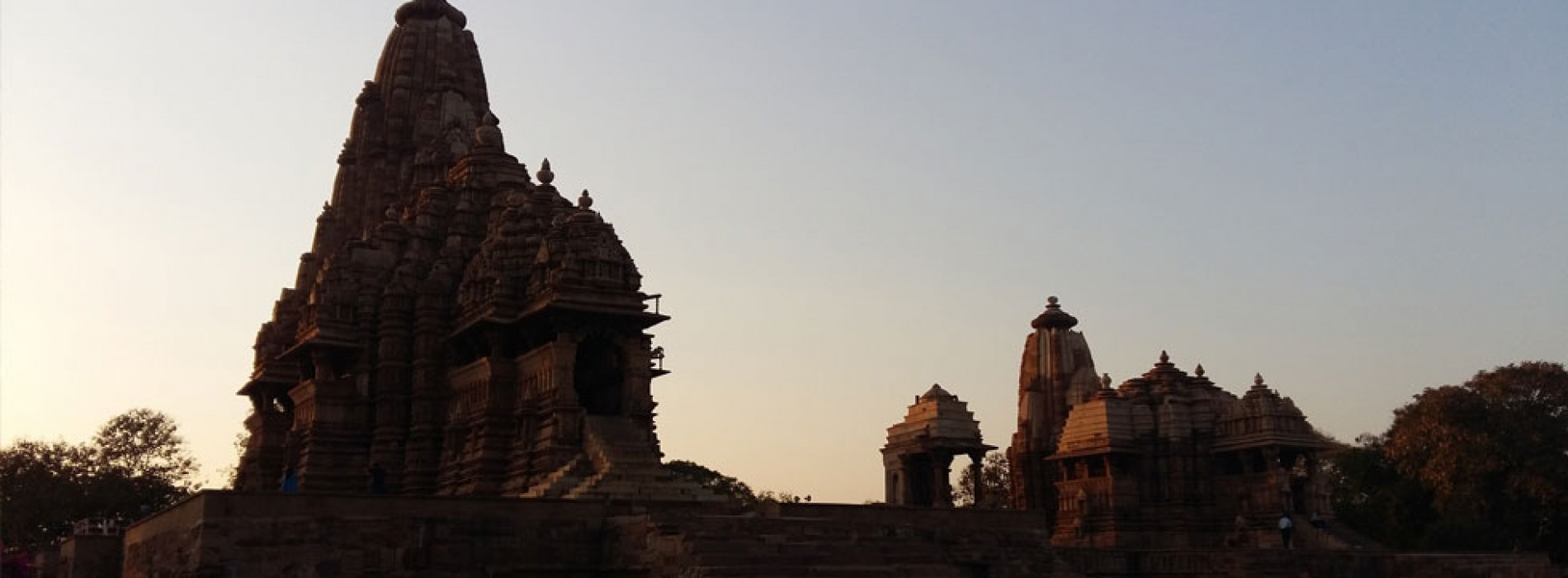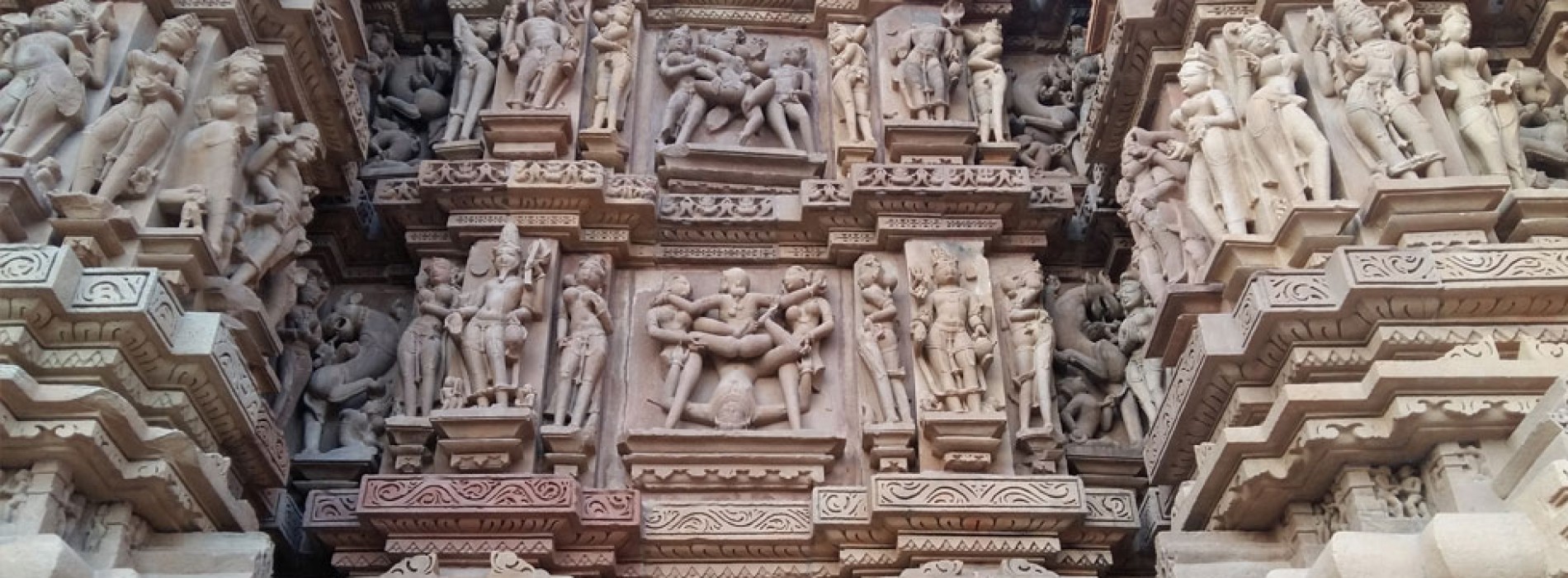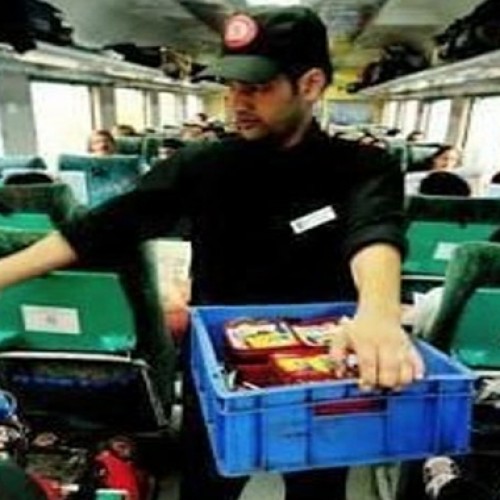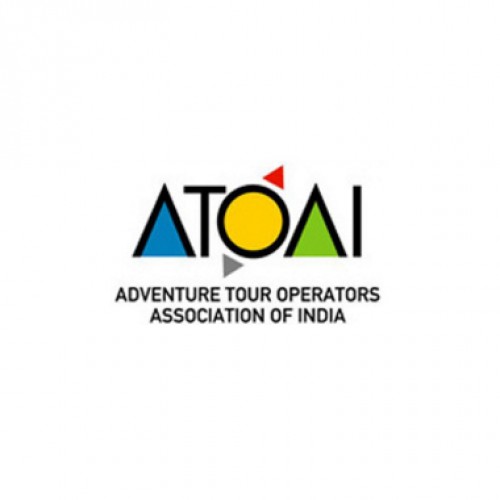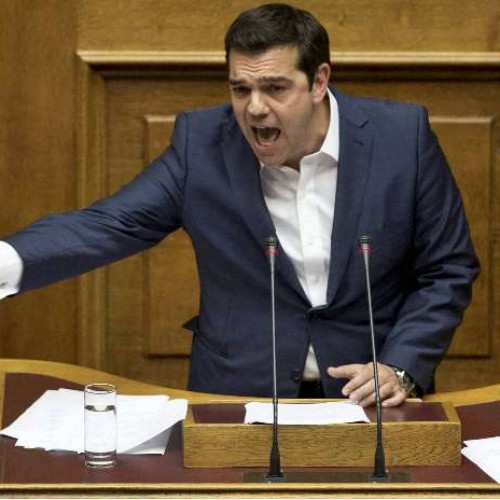Tourism First
Recognising tourism’s massive social and economic impact is key, and this needs to be followed with the sector being accorded top priority by the states. Rest will follow in due course.
Every state in India has tourism in its varying list of priority. For some it is high, for some it is average and for most others it barely commands any attention or respect. In states like Goa and Kerala, tourism is a major bread earner. Almost a third of the population directly or indirectly depends on tourism in Goa as the state has responded with some of the best policies and parameters that have enabled the sector to grow. Whereas state like Maharashtra, bountifully endowed and rich as it is touristic-ally, have lagged behind in tourism growth because the sector has never been amongst the state’s top priorities. For example, despite good coastline Maharashtra cannot compete with states like Kerala or Goa because of their tourism friendly CRZ (Coastal Regulation Zone) relaxations.
It is not so anymore in the ‘Incredible Heart of India’ Madhya Pradesh. And leading this change in terms of both policy and perception is none other than the state Chief Minister Shivraj Singh Chauhan, whose interest in developing tourism in the state can be gauged from the fact that he has time and again appointed people like Ashwini Lohani, now CMD Air India or Hari Ranjan Rao currently steering tourism’s growth in the state, and have been well known for duly acknowledging tourism vast socio-economic impact.
It is important to mention here that Madhya Pradesh State Tourism Development Corporation (MPSTDC) is probably the only state tourism corporation that is making any handsome profit and this change is no less than eight-ten years old. It is important once again to mention here that Madhya Pradesh is probably the only Indian state that has hosted all the three and only annual conventions (IATO in August, ATOAI in February and ADTOI in April) in India exclusively aimed at growing tourism business that has happened in the last nine months. FHRAI is the other convention that the state will host later this year.
Top priority
If tourism is sincerely considered for the immensely powerful socio-economic opportunities that it can create for a destination or an economy then it has to be a top priority of the government and driving this change has to come from the top down. This is where Madhya Pradesh today holds a distinctly unique position than any other states in India at the moment. The MP Chief Minister specially flew down last year to the national capital to address the MP tourism’s biggest ever road show and used the occasion to not only make an impassioned plea to explore MP’s diverse tourism offering but to also invest in the sector’s growth in the state. It’s rare to have a Chief Minister travel out of state to address a tourism road show. It shows MP’s strong commitment towards developing tourism in the state in order to harness the sector’s immense socio-economic benefits.
A look at the state’s team ‘tourism’ only reinforces this belief. The Chief Minister of the state is also the Cabinet Minister of Tourism. He is assisted by a State Minister of Tourism in Surinder Patwa. Secretary to the Chief Minister, Hari Ranjan Rao is also the Secretary, Tourism, as well as Managing Director of MPSTDC. And a young sixth ranked 2010 batch Tanvi Soundriyal as Additional Managing Director who I am sure has a point to prove. How many state tourism departments can boasts of a team as strong as this and being directly led by the top leadership? Probably none.
MP has recently formed a ‘tourism cabinet’ of different ministries to expedite any initiatives aimed at developing tourism in the state, as Rao puts it, “Tourism is not one sector but a bouquet of sector. There are not one but multiple stakeholders, not only in private and public but in government as well.” With tourism being state subject, this is something that the Indian states should have had long put in place.
Leading with example
Madhya Pradesh is home to a large number of water bodies including reservoirs like Tawa, Bargi, Indra Sagar, Gandhi Sagar, among others. As part of its effort to expand its tourism offerings and leverage existing resources, Madhya Pradesh Tourism recently announced that it will organise annual Jalmahotsav in order boost its water based tourism activities and adventure sports. The first edition recently concluded in Hanuwantiya at the 950 square kilometres Indira Sagar dam from February 12-21 where the MP Tourism also invited ATOAI to hold its annual convention in order to create the right noise and give more fillip to its effort to showcase the new tourism product to the right audience.
However, before the festival begins or the ATOAI Convention starts, the Madhya Pradesh Chief Minister Sivraj Singh Chauhan took his entire Cabinet for a Cruise Meeting at the Indira Sagar as wanted all his cabinet colleagues to understand the power of tourism. This is not all. While reviewing a PWD hourlong presentation, the last question that the Chief Minister asked was that how many tourism destinations were they able to connect this year!
According to Rao the Chief Minister knows the power of tourism and therefore has retained the portfolio of tourism himself and is the Cabinet Minister of Tourism. “When it becomes the priority of the government, when it becomes the priority of the Chief Minister, everything else starts falling in line. So it’s no coincidence that consistently we have been doing very good in marketing and coming up with new tourism products. In fact MPSTDC hotels are one of the best in the country. That’s because of the priority. The Chief Minister actually visits MP Tourism restaurants for dinner, quietly pays his bill and goes. He sets the trend,” Rao had said while speaking at a panel discussion at SATTE recently.
In conclusion
What surprised former Union Tourism Minister Subodh Kant Sahai most, and he later stated it at an industry event, when he took charge of tourism after serving as Agriculture Minister was the sector’s immense employment generation capability. While comparing the two sectors based on Planning Coomission report he had stated that Agriculture is recognised as highly employment intensive sector with the Planning Commission stating that for every 10 Lakhs invested or spent in Agriculture, it creates as many as 40 jobs. However, for the same 10 Lakhs invested in tourism it generates 78 jobs, almost twice as much.
What is critical here is that there needs to be increasing awareness of tourism’s role in benefitting poor in far flung areas, high employability of women in the sector, its propoor leaning, its social, cultural, environmental protection and promotion, community development, its ability to protect and patronise local art and crafts.
Recognising tourism’s massive social and economic impact is key, and this needs to be followed with the sector being accorded top priority by the states. Rest will follow in due course. And though still at a nascent stage, Madhya Pradesh is definitely leading by example and there are few that can match the same level of commitment for the sector today in India.
You might also like
Soon record your feedback on tablets about meals on premium trains
According to a senior railways official, passenger travelling on premium trains will soon be able to rate the meals served on a tablet. The categories will be ‘good, bad or
MOT announced 2018 as “The Year of Adventure Tourism”
On the behest of ATOAI, MOT announced 2018 as “The Year of Adventure Tourism”. The Association will spearhead various activities across the country to promote adventure travel to celebrate the
Macedonia signs ‘historic’ agreement with Greece to change its name
Since 1991, Athens had objected to its neighbour being called Macedonia because it has its own northern province of the same name. Greece and Macedonia signed a historic preliminary agreement to rename the

